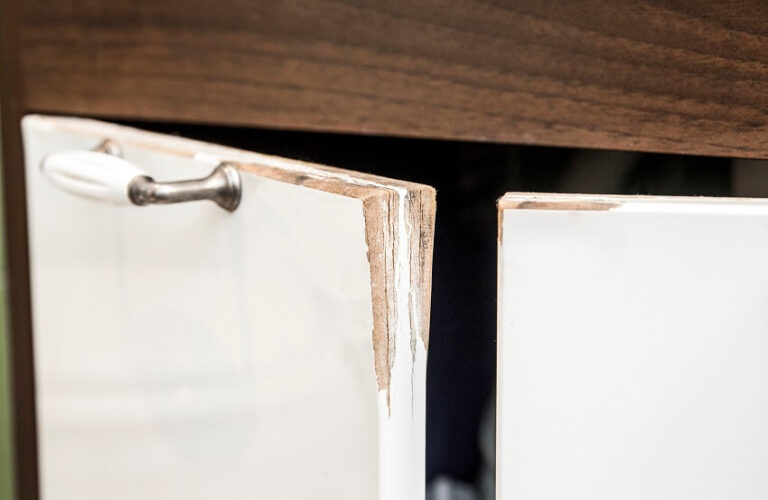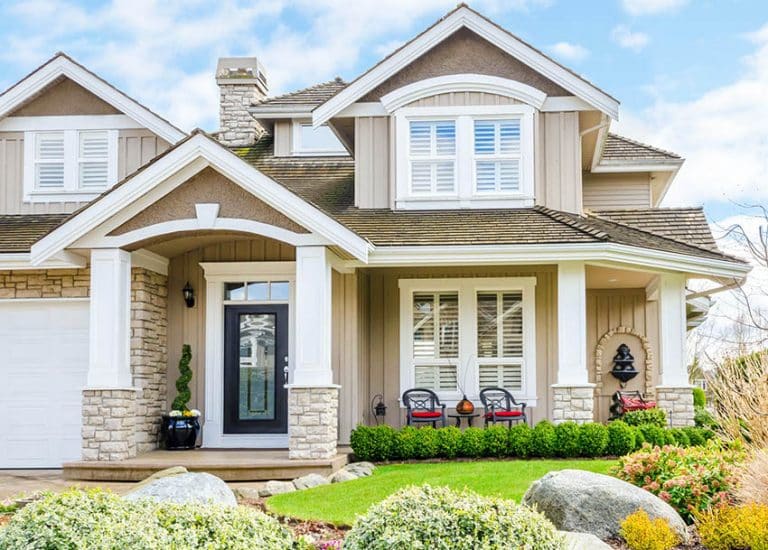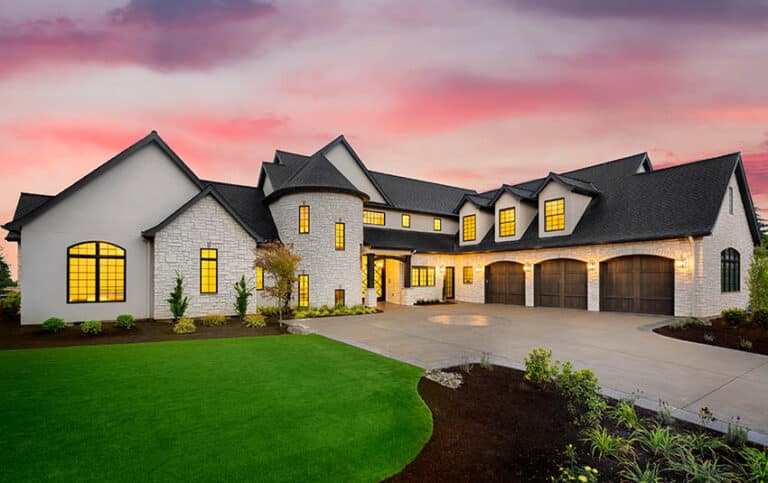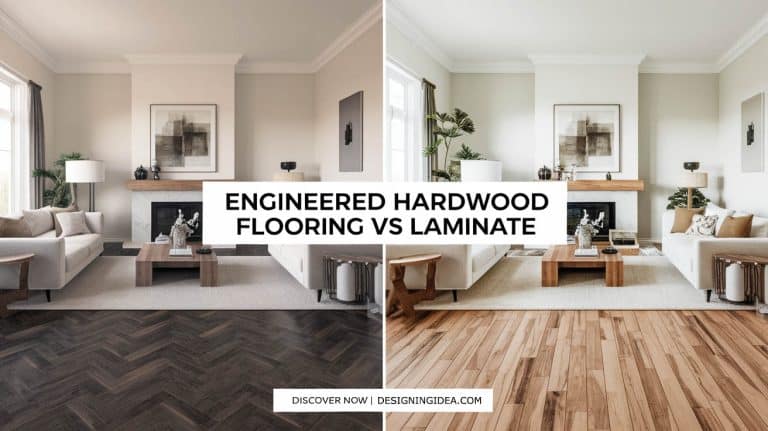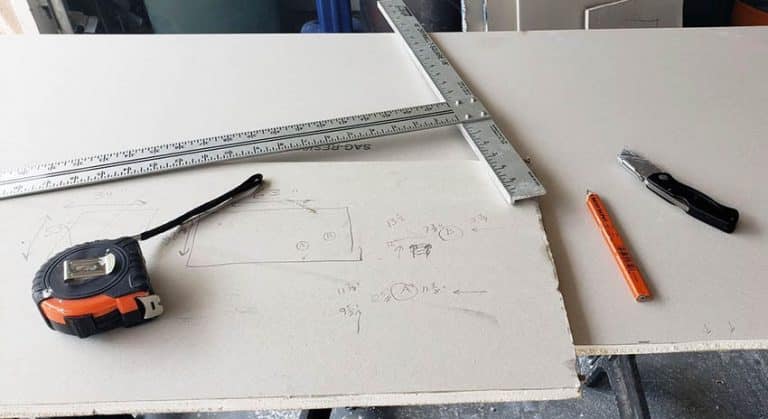The Perfect Garden Window Sizes For Any Room
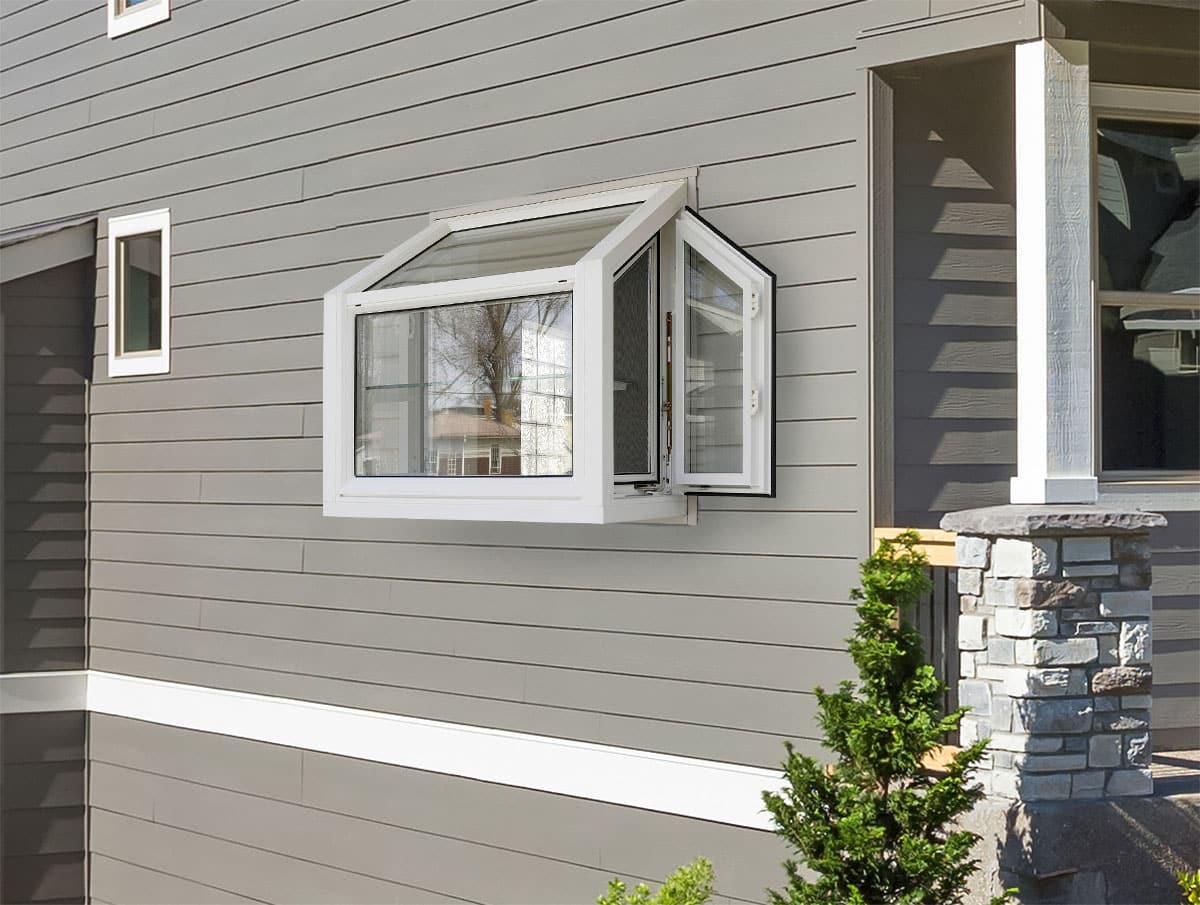
Sipping a delicious hot cup of coffee in the morning is so much more invigorating when you can smell the fresh flowers and see their vibrant colors by the window. And if you’re in a hurry to add a personalized touch to meals, snipping a few stalks of herbs on the window is convenient. Moreover, these openings can lower electrical usage by allowing as much natural light to bathe the room. Unsurprisingly, installing large windows to maximize the views makes sense. However, homeowners must know garden window sizes to choose the right platform for indoor plants, small items, and natural indoor illumination.
Standard Garden Window Sizes
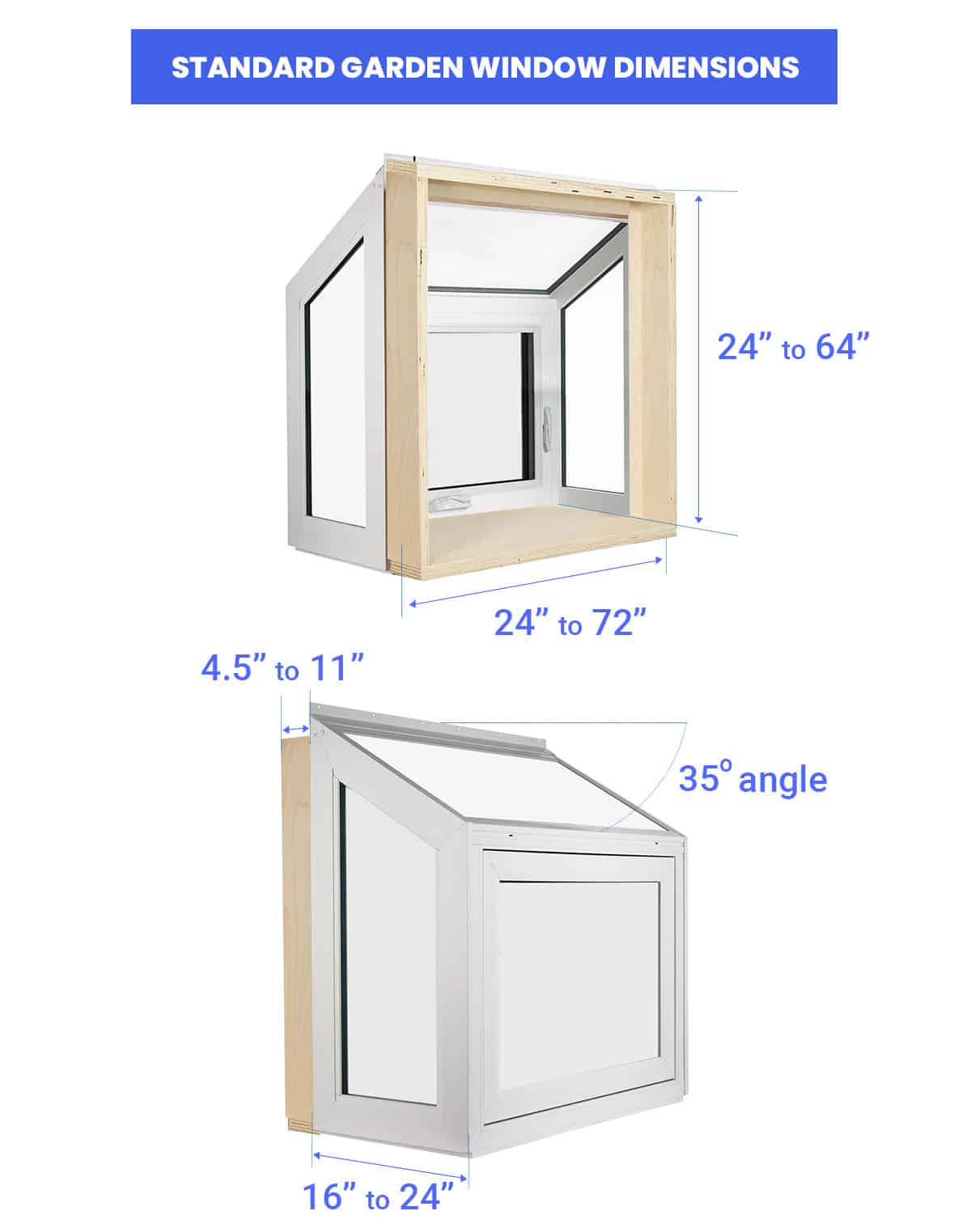
Like other building structural components, garden windows vary in size. They could be boxy (squarish), measuring 2 feet (about 61 centimeters) on all sides. These platforms are the go-to design for families with tiny homes. Potted herbs, cactuses, and ornamental species should still feel right at home.
Some holes-in-the-wall can span 6 feet (1.83 meters) sideways and 5 feet 4 inches (1.6 meters) vertically. These dimensions accommodate several potted herbs, ornamental plants, and other species. Such an opening also encourages more light to enter, saving the household tens of dollars from lighting-related expenses.
So, what garden window standard measurements should homeowners know?
These home wall openings and platforms extend 2 feet to 64 inches (61 centimeters to 1.6 meters) from the base to their uppermost edges. Meanwhile, they can expand laterally from 2 feet (61 centimeters) to 6 feet (1.83 meters), although it’s not uncommon to see some households with sufficiently larger garden windows.
They also extend 16 inches (41 centimeters) to 2 feet outward from the wall’s exterior surface, although most contractors peg the value at 17 inches (43 centimeters). As for the garden window’s “roof” or top panel, technicians recommend a 35-degree angle, although it could extend up to 90 degrees. The jamb component ranges from 4.5 inches (11 centimeters) to 11 inches (28 centimeters).
Large Window

Although a 60×72-inch garden window is the heftiest homeowners can install, custom-built units can be bigger. Everything depends on the building’s overall design, room layout, and homeowner preferences.
An opening 6 feet (1.83 meters) across is enough to illuminate the kitchen or any room without needing electric-powered fixtures (except at night or low-light conditions). The base can accommodate an array of plants for culinary applications or decorative purposes. Such a fixture can have shelves for extra storage, making it a multi-function building component.
How Do You Measure These Windows?
Knowing garden window sizes is one thing. Measuring an existing wall opening is another. Ideally, homeowners must ensure the garden window fits into the existing hole in the wall to eliminate costly modifications (chipping the opening’s sides or adding inserts or substrates to accommodate the frame).
The task requires removing some components of the existing window to expose the opening’s “raw” edges. Installers often disassemble the metal rails and sash elements to facilitate accurate measurement of the hole-in-the-wall’s “daylight opening.”
Grab your tape measure, extend it from left to right (or right to left), and read the values. Divide the measurement in two to determine the window’s center or midline. Perform this action for the opening’s vertical and horizontal sections.
Measure the “daylight opening’s” height at three locations – right, center, and left – noting the values for each. Repeat for the window’s width, starting at the bottom, moving to the center and ending at the top.
Compare these measurements to the garden window’s specifications. Check the fixture’s fin-to-fin sill and head values and subtract 5 and 3/16 inches (about 13 centimeters) to determine the window’s inside height. Look at the fixture’s jamb specification and subtract 7 and 7/16 inches (about 19 centimeters) to identify the garden window’s inside width.
You might also want to check other window elements requiring measurement adjustments (i.e., head anchor bracket, drip legs, and hinges).
Window Cost
Installing a beautiful and functional garden window in the kitchen or any room around the house can cost homeowners at least $1,250. Customizations, high-end materials, pre-installation requirements, and size can hike this price to $6,500 (maybe even more).
For example, aluminum and vinyl frames are more affordable than wood, potentially lowering the overall garden window cost. Using Plexiglass instead of shatterproof and tempered versions can increase savings.
Window Manufacturers
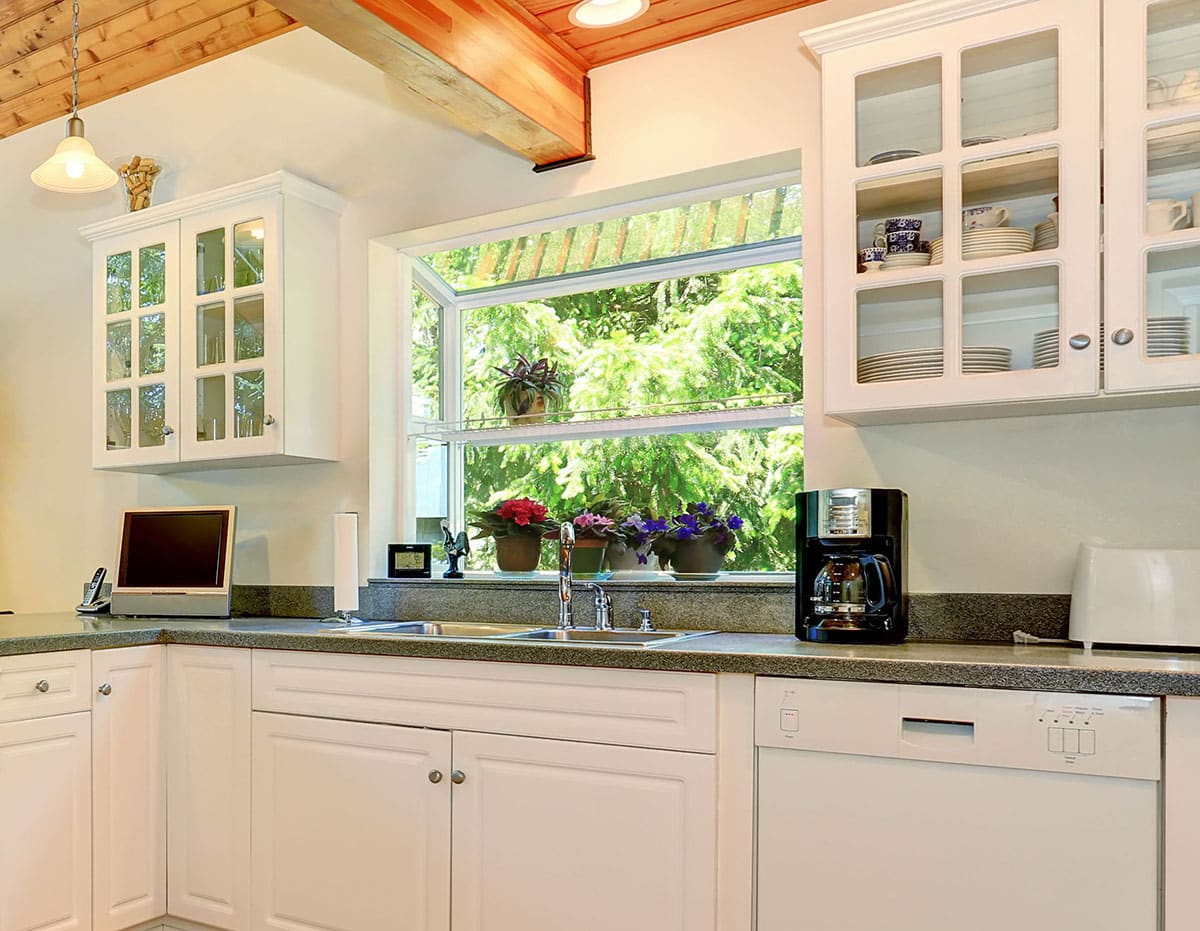
Tens of reputable garden window manufacturers exist across the US, many offering affordable yet high-quality solutions for different homes.
For example, Ply Gem and Simonton are perfect for families who prefer vinyl materials, while Sunrise Windows specializes in windows with furniture-grade oak elements at affordable prices. The company’s product offerings are also more extensive than other brands, offering customers a wide choice for protecting and beautifying holes-in-the-wall.
Other noteworthy garden window brands are Andersen Windows, Milgard, Advanced Building Products, Vytex Windows, and Provia.
What is the Purpose of a Garden Window?
Garden windows work two-fold, although it’s not unusual for some families to find other functions or uses.
This fixture is primarily a platform for plants, encouraging optimum growth and ensuring maximum yield (i.e., alliums, tomatoes, and herbs). Its sloped roof allows natural light to bathe plants and promote optimal photosynthesis without illuminating the room too much. The angle also facilitates more efficient rainwater drainage, moving the water from the wall and safeguarding the house’s integrity.
Secondly, a garden window can be a viable storage solution, especially with custom-built shelves. Unsurprisingly, these fixtures are ideal in kitchens for households that love fresh ingredients.
Difference between a Garden and a Bay Window
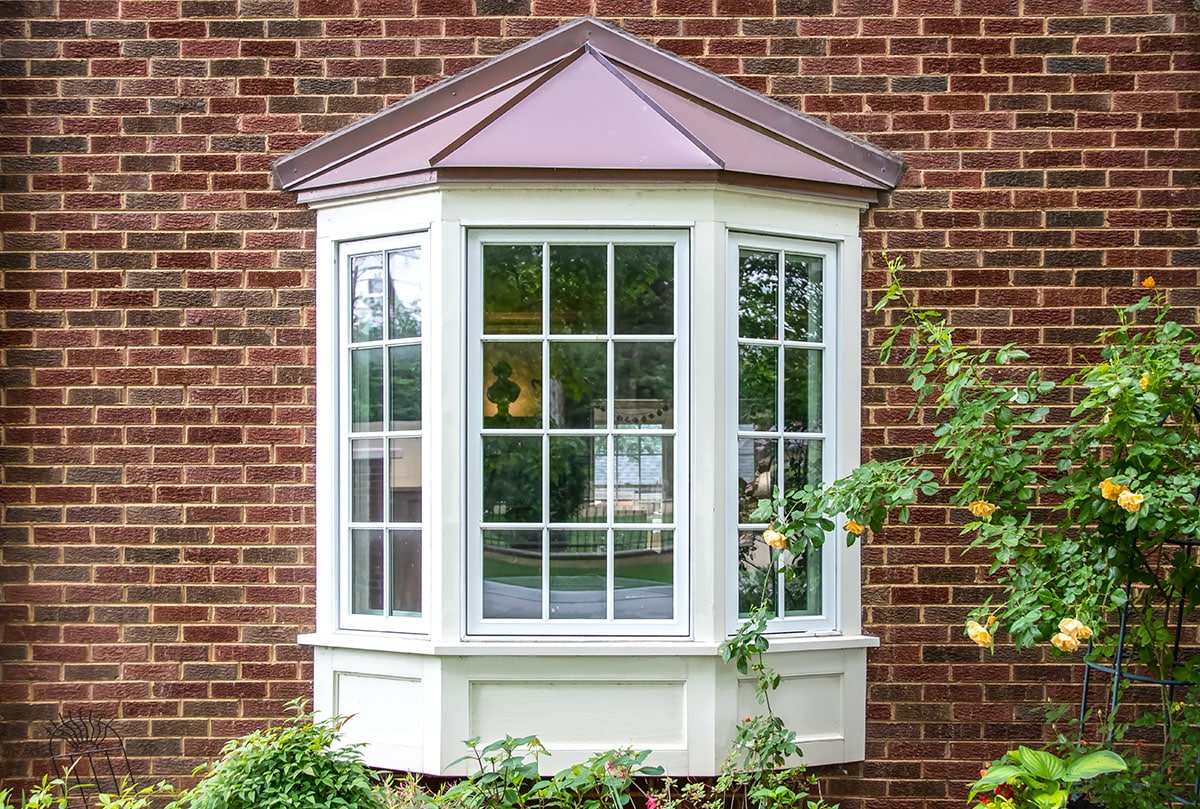
Although garden and bay windows look identical (both “jut” out from a house’s exterior wall), they vary in size, principal function, recommended room installation, and roof angle or pitch.
Bay windows are often larger than garden windows and serve as a residence’s focal point, where occupants can install a bench for reading or relaxing. Moreover, its architectural appeal is more pronounced than a garden window, making the house look more attractive to passersby. Hence, it’s perfect for living room, home office, dining room, and bedroom.
Although smaller, garden windows are perfect venues for promoting robust plant growth, leveraging the steeper roof (up to 90 degrees). You can find these windows in the kitchen, nook, laundry area, and bathroom, although some homes can have garden windows at the dining room.

